Layovers are an inevitable part of air travel for most passengers, but not all connecting airports are created equal. From overcrowded terminals and limited amenities to confusing layouts and infamous delays, certain airports have earned reputations that make experienced travelers shudder at the mere mention of a connection there.
The difference between a pleasant journey and a travel nightmare depends on which hub you’re routed through. Here is a list of 20 airports with notoriously challenging layovers and practical advice on minimizing your suffering or avoiding these troublesome transit points altogether.
Chicago O’Hare International Airport

Chicago’s massive hub is infamous for weather-related delays, especially during winter, when snowstorms can shut down operations. The airport’s complex layout means connections between terminals often require long walks and multiple shuttle rides, which can be particularly stressful during tight connections.
Book flights with at least 90-minute connection times and avoid winter connections if your itinerary allows.
London Heathrow Airport

Despite being a premier international gateway, Heathrow suffers from chronic congestion and operates at near-capacity most days. The distance between terminals can be substantial, with the journey from Terminal 5 to other terminals requiring train transfers and additional security screenings.
Consider alternative London airports like Gatwick for connecting flights, or ensure at least two hours between connections at Heathrow.
Like Travel Pug’s content? Follow us on MSN.
New York LaGuardia Airport
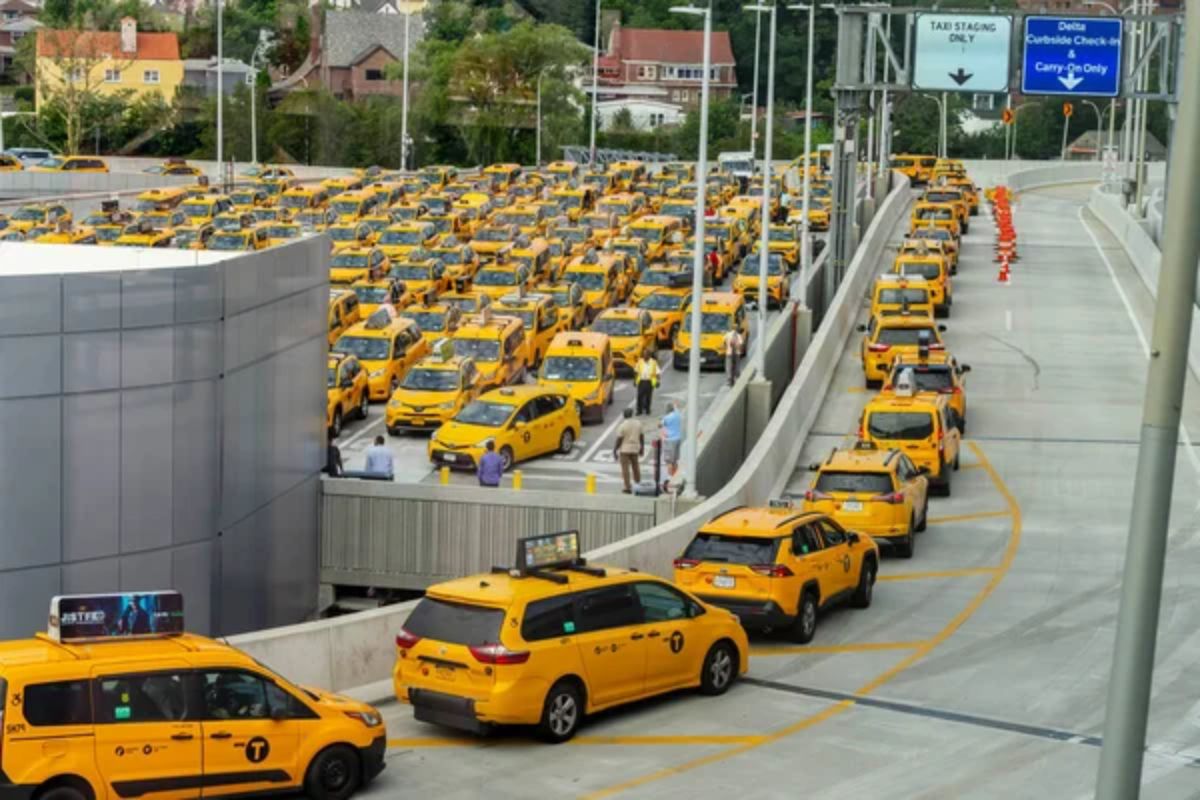
LaGuardia’s ongoing renovations have improved parts of the airport, but it remains one of the most delay-prone airports in the U.S. The compact space means facilities are often crowded beyond comfort, and limited food options can make lengthy delays feel even longer.
Try to route through Newark or JFK instead, or schedule morning flights when delays are less severe.
Delhi Indira Gandhi International Airport
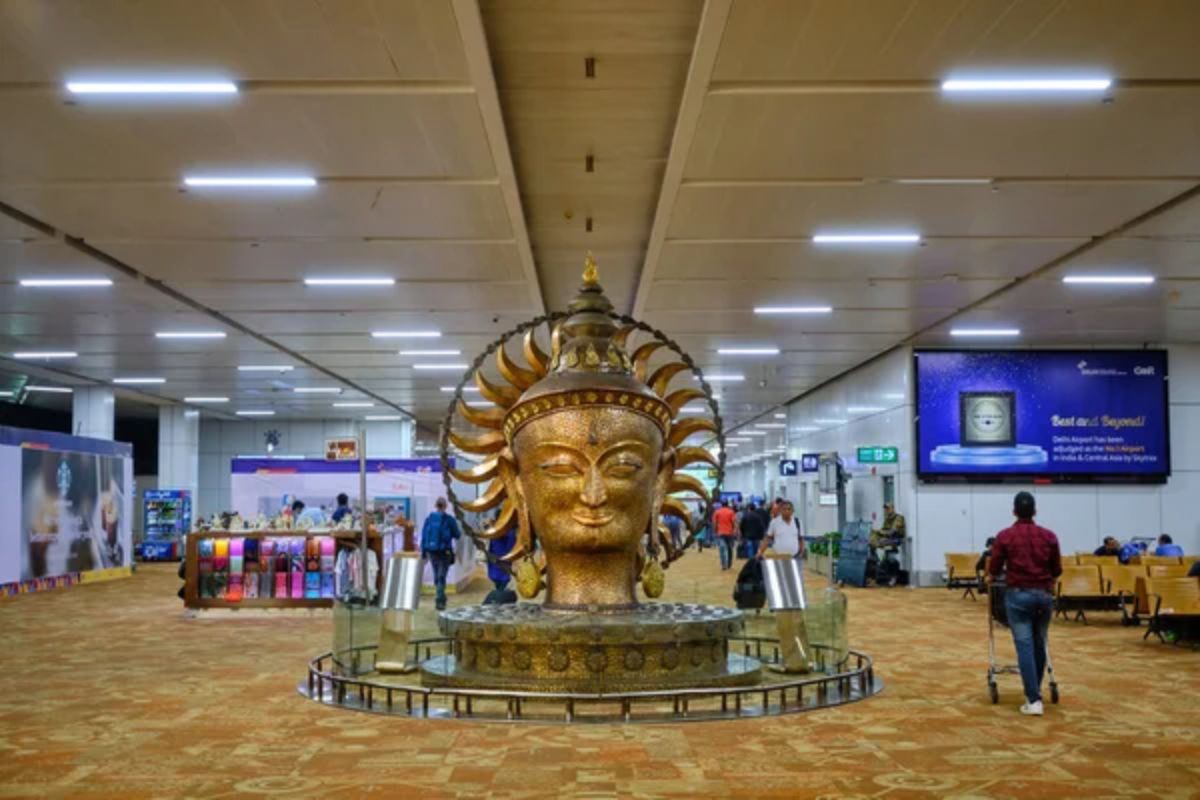
While Terminal 3 is modern, connections between the older terminals and T3 can be chaotic and time-consuming. Fog disruptions are common during winter, often leading to daily delays.
Schedule connections with at least three hours of buffer time and avoid winter layovers when low visibility conditions frequently impact operations.
Miami International Airport
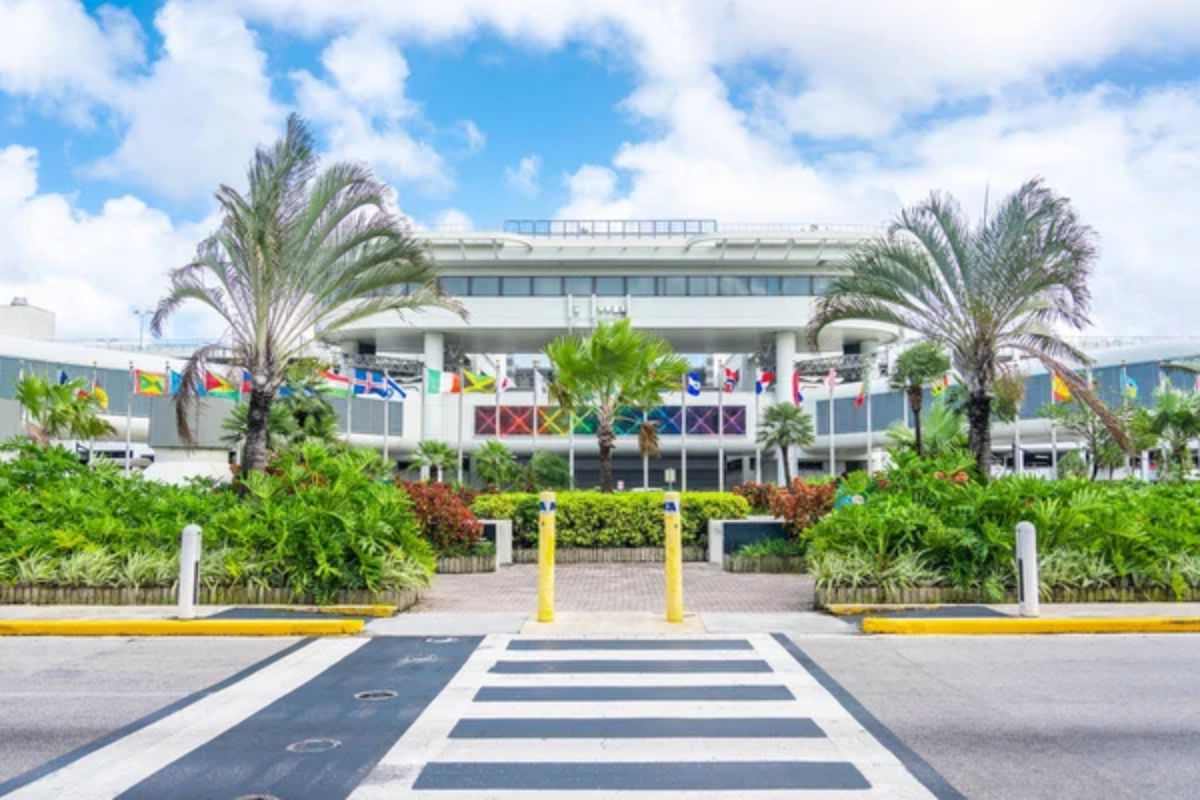
Miami’s sprawling layout makes connecting concourses particularly time-consuming, especially when immigration queues are long. The airport’s location also makes it vulnerable to tropical storm disruptions during hurricane season, potentially leading to multi-day delays.
Consider Fort Lauderdale as an alternative, or avoid connections during the peak hurricane season from August through October.
Like Travel Pug’s content? Follow us on MSN.
Paris Charles de Gaulle Airport
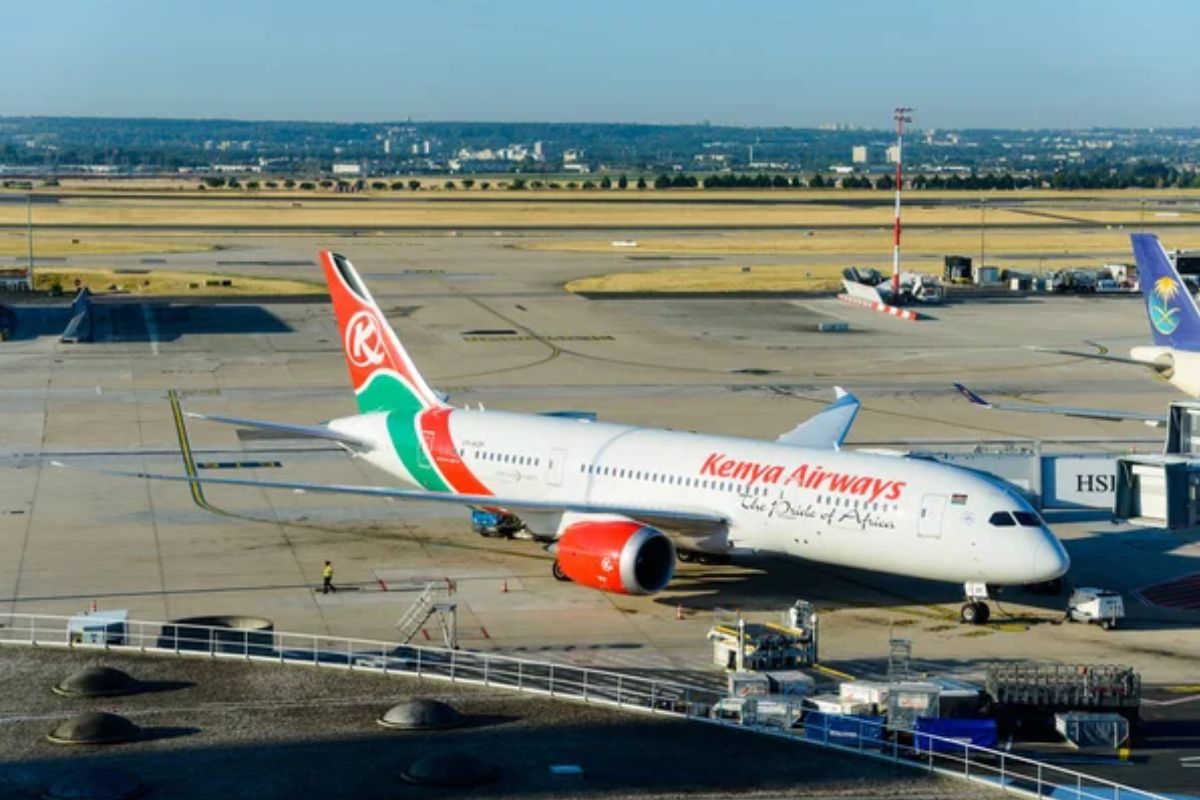
The spiral design of Terminal 1 and the disconnected nature of CDG’s terminals make navigating this airport particularly challenging for connecting passengers. Security lines can be unpredictably long, and the shuttle system between terminals is often overcrowded.
Allow at least two hours for connections, or consider routing through Amsterdam Schiphol, which has a more intuitive transfer layout.
Beijing Capital International Airport

Language barriers can make this massive airport particularly challenging for international travelers making connections. Delays can accumulate quickly during heavy air pollution or fog, and communication about these delays is often minimal.
To navigate more easily, book flights with at least three-hour connection times and download translation apps before arrival.
Newark Liberty International Airport
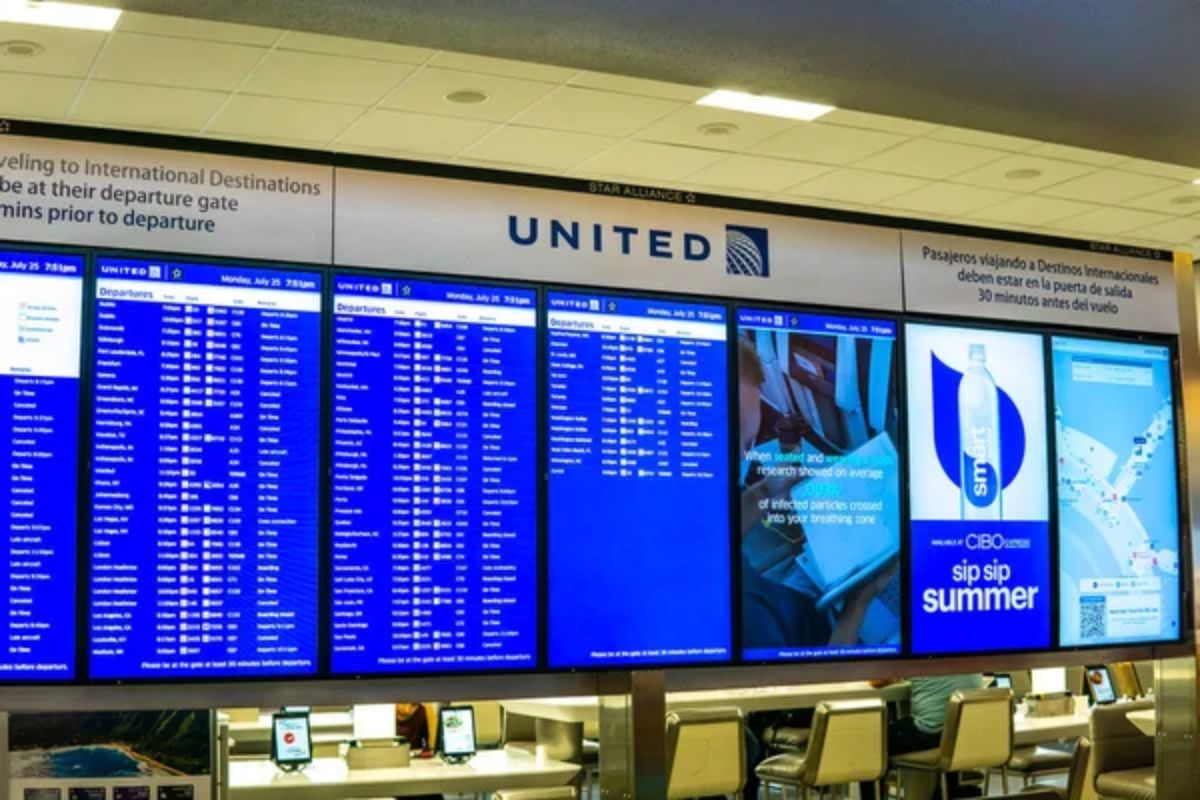
Newark’s aging infrastructure and limited seating areas create a particularly uncomfortable environment during delays. Its position in the congested Northeast corridor means weather delays at neighboring airports also impact Newark operations.
Consider Philadelphia or Washington D.C. airports as alternatives for East Coast connections, especially during the summer thunderstorm season.
Like Travel Pug’s content? Follow us on MSN.
Manila Ninoy Aquino International Airport
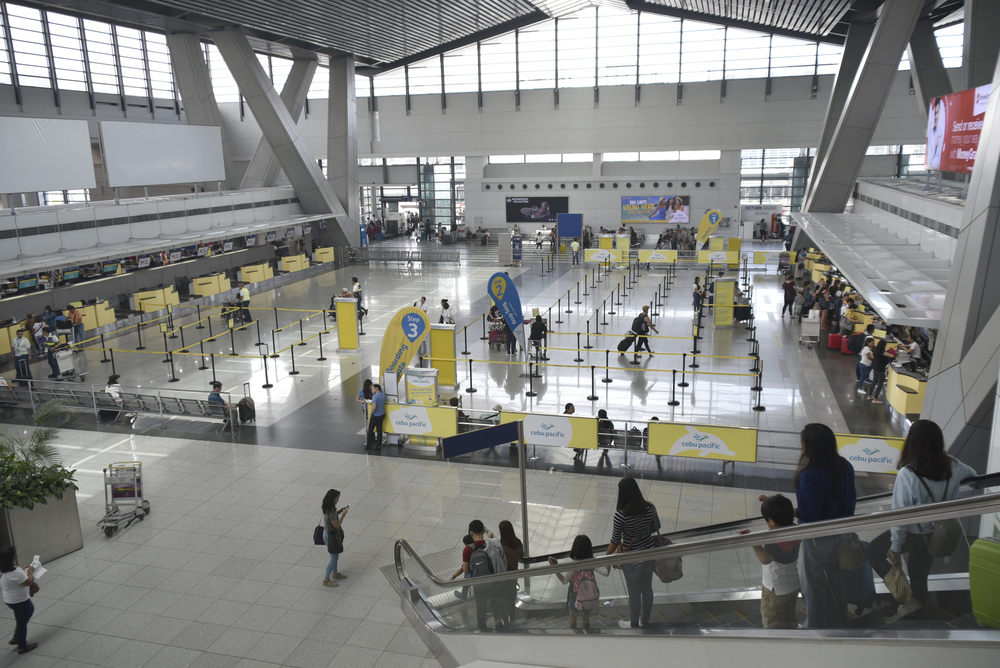
— Photo by PHOTOLOHI
The disconnected terminal design requires time-consuming ground transportation between buildings for many connections. Operations can be severely impacted during typhoon season, and the airport has limited facilities for stranded passengers.
Route through more modern hubs like Singapore or Hong Kong, which offer better contingency planning during weather disruptions.
Los Angeles International Airport
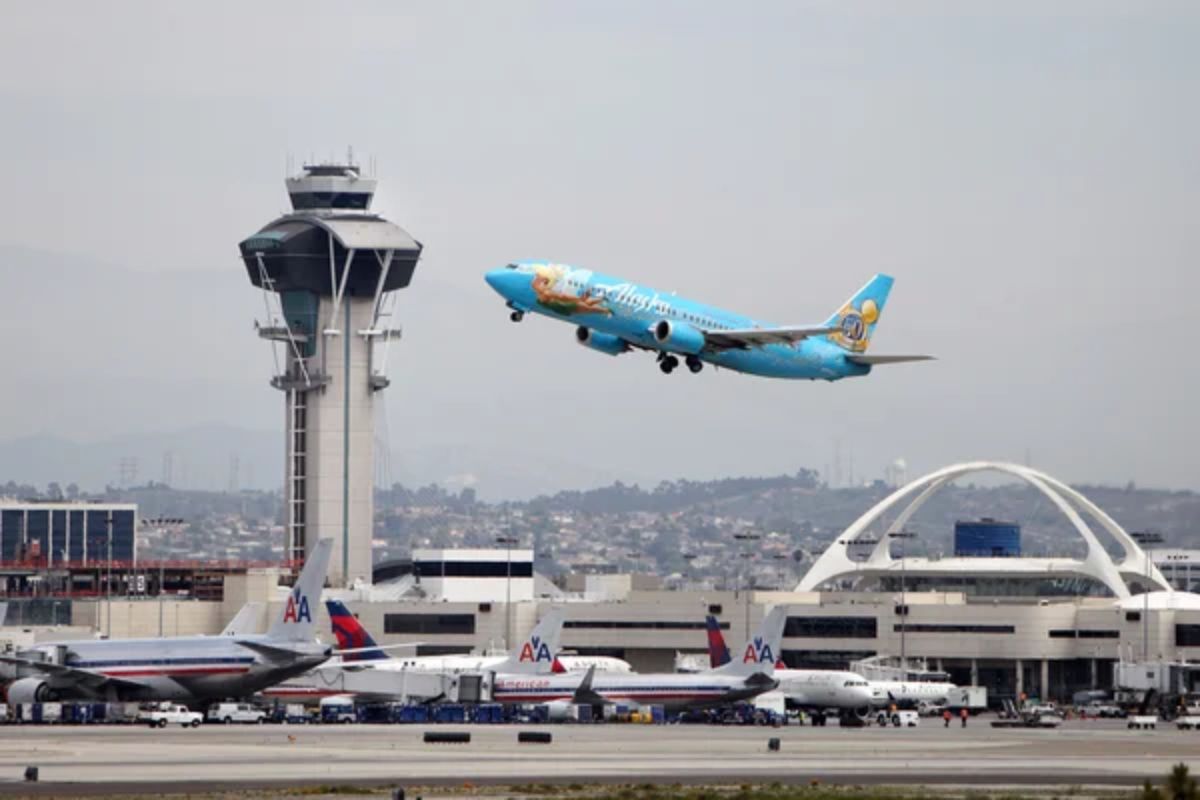
LAX’s horseshoe layout means connections between terminals often require exiting security and taking shuttles around the perimeter. Traffic congestion around and within the airport complex can add unexpected time to inter-terminal transfers.
Consider using Burbank or Ontario airports for regional connections, or ensure at least 90 minutes between flights at LAX.
Cairo International Airport
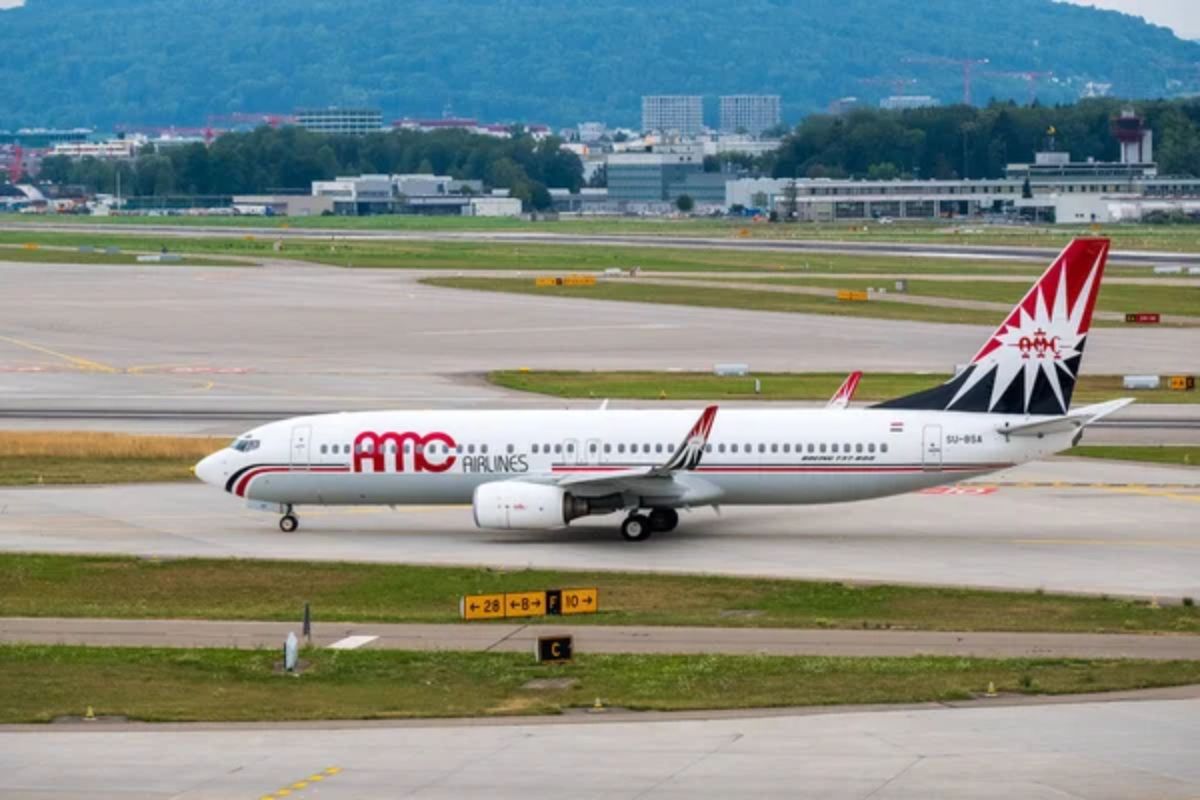
Inconsistent air conditioning makes Cairo layovers particularly uncomfortable during the summer when temperatures regularly exceed 100°F. The airport’s facilities for overnight layovers are limited, and finding quiet areas to rest can be challenging.
Instead, try routing through Gulf airports like Dubai or Doha, which offer superior amenities for transit passengers.
Like Travel Pug’s content? Follow us on MSN.
Rome Fiumicino Airport

Terminal transfers at Fiumicino require shuttle buses that run on inconsistent schedules, making connection times unpredictable. The airport frequently experiences capacity issues during the summer tourist season, leading to overcrowded waiting areas and limited seating.
Milan Malpensa offers a viable alternative for Italian connections. You can also book morning flights when the airport is less congested.
São Paulo–Guarulhos International Airport
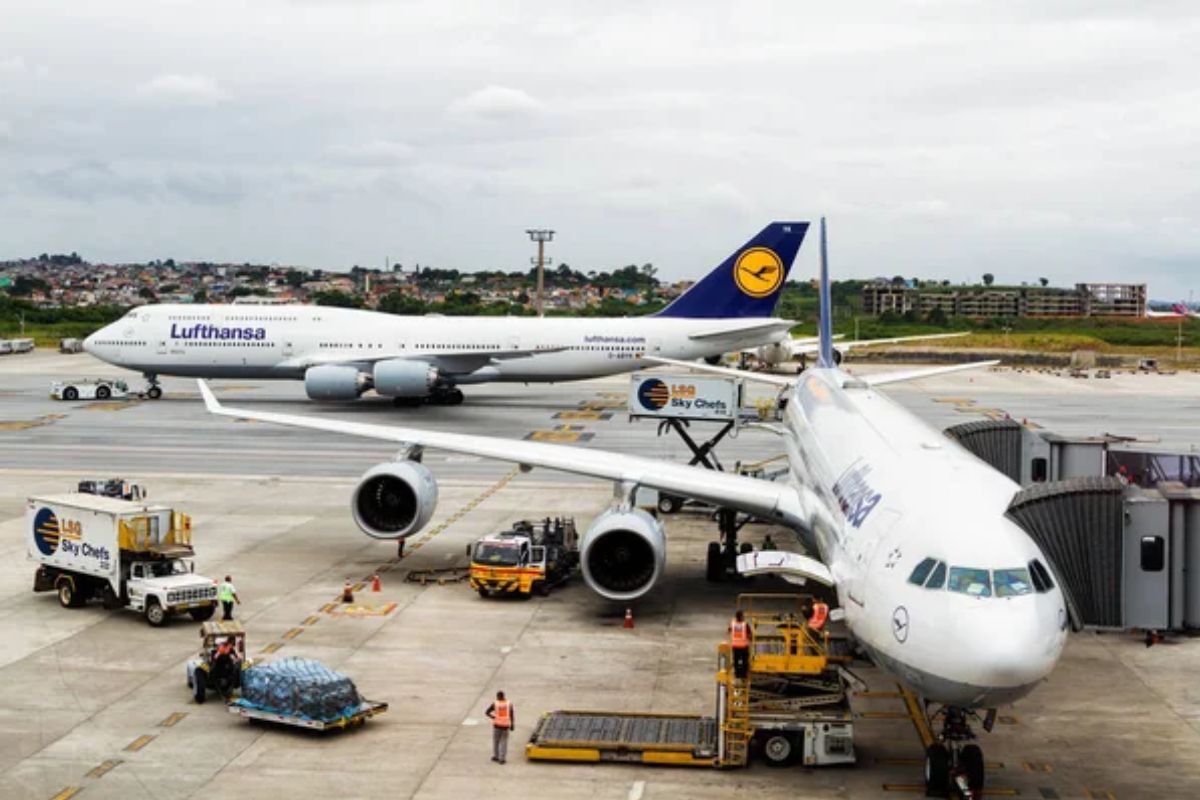
Heavy traffic between the city and the airport can make reaching connecting flights stressful, especially during rush hours. The airport’s facilities haven’t kept pace with passenger growth, resulting in limited seating and overcrowded terminals during peak times.
Consider Panama City as an alternative connecting point for South American travel, or ensure connections of at least three hours.
Moscow Sheremetyevo International Airport

The significant distance between terminal complexes requires time-consuming bus transfers, which can be particularly challenging during Moscow’s harsh winters. Security procedures can also be unpredictable and time-consuming, and there is limited English signage to guide international travelers.
If traveling to Eastern Europe or Asia, route through Helsinki or Warsaw instead, as these airports offer more reliable connections.
Like Travel Pug’s content? Follow us on MSN.
Bangkok Suvarnabhumi Airport
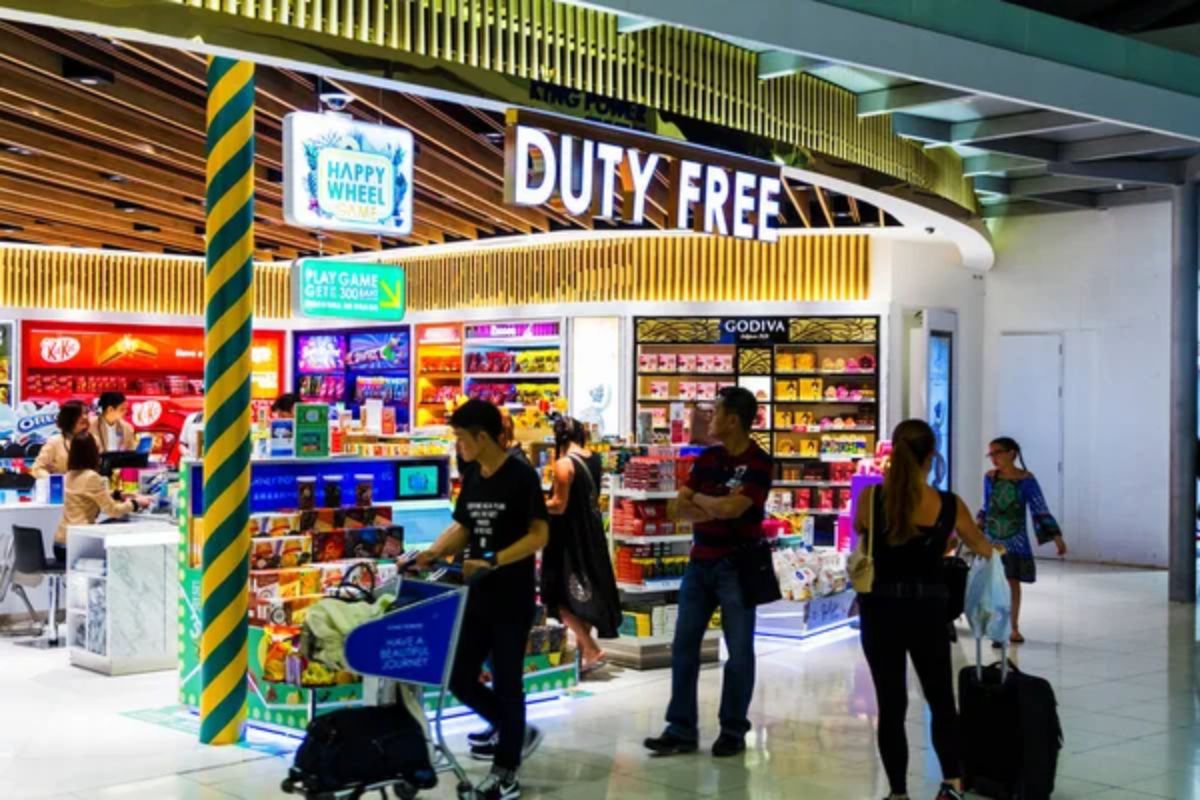
Despite its modern appearance, Bangkok’s main airport suffers from overcrowding during peak hours and lengthy immigration queues. The enormous terminal means gate changes can result in walks exceeding 30 minutes, which is particularly challenging in the humid Thai climate.
Don Mueang, Bangkok’s second airport, offers an alternative for regional connections or ensures at least two hours for international transfers at Suvarnabhumi.
Johannesburg O.R. Tambo International Airport
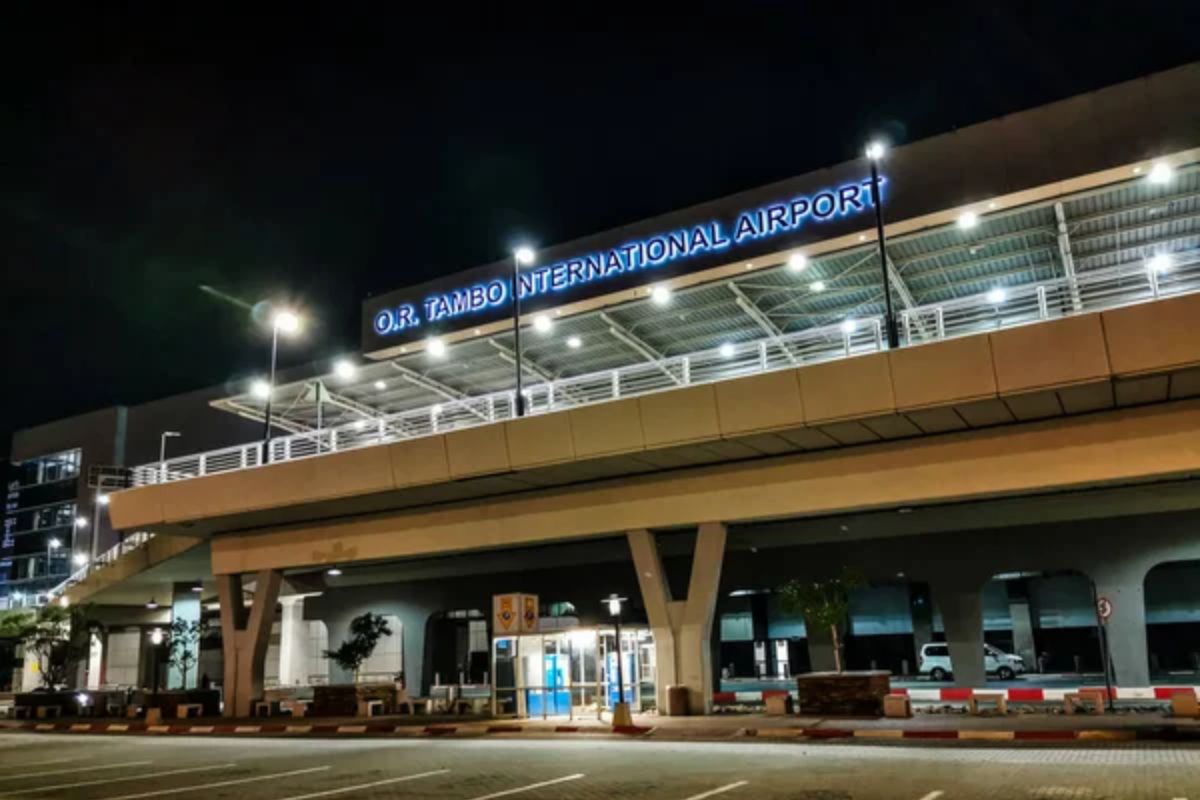
Security concerns make overnight layovers particularly stressful at this major African hub. The international and domestic terminals feel disconnected, limiting late-night transportation options.
If your layover requires an overnight stay, consider connecting through Addis Ababa or Nairobi.
Denver International Airport
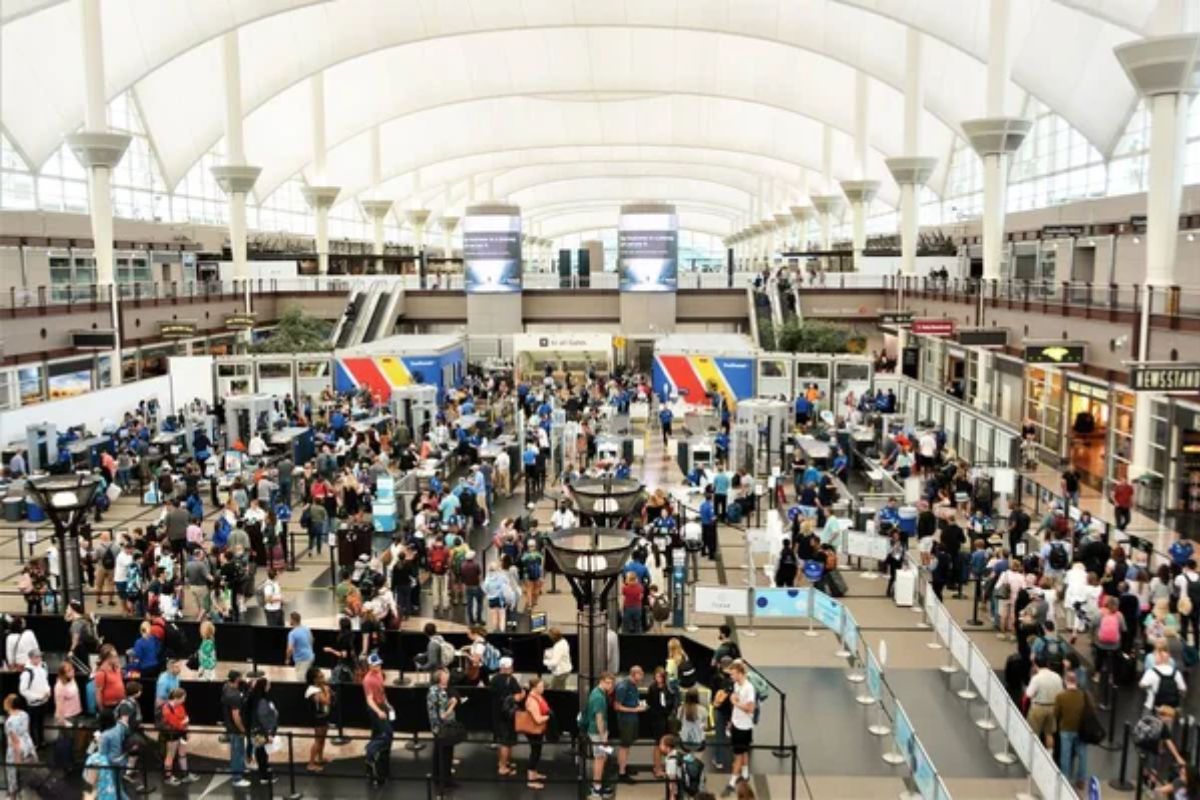
Denver’s remote location makes it particularly vulnerable to isolation during winter storms, potentially leading to extended stays. The considerable distances between concourses mean tight connections can become running marathons, especially when trains between terminals are crowded.
Schedule connections with at least 90 minutes of buffer time, or avoid winter connections when snowstorms can lead to cascading disruptions.
Like Travel Pug’s content? Follow us on MSN.
Istanbul Airport
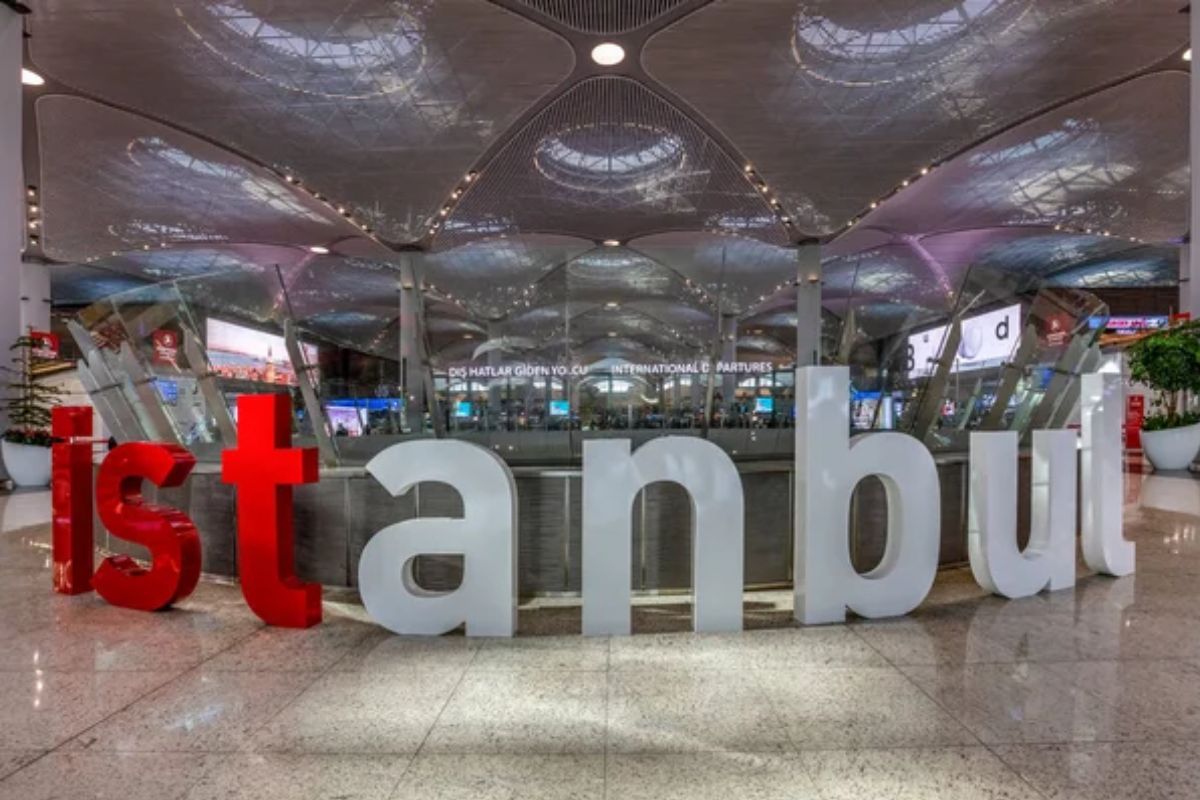
The sheer size of this newer mega-hub means walking distances between gates can exceed a mile. Despite modern amenities, the scale of operations can make the airport feel impersonal and overwhelming during busy periods.
Consider the alternative of routing through smaller European hubs like Vienna or Zurich, which offer more manageable scales for connections.
Atlanta Hartsfield-Jackson International Airport
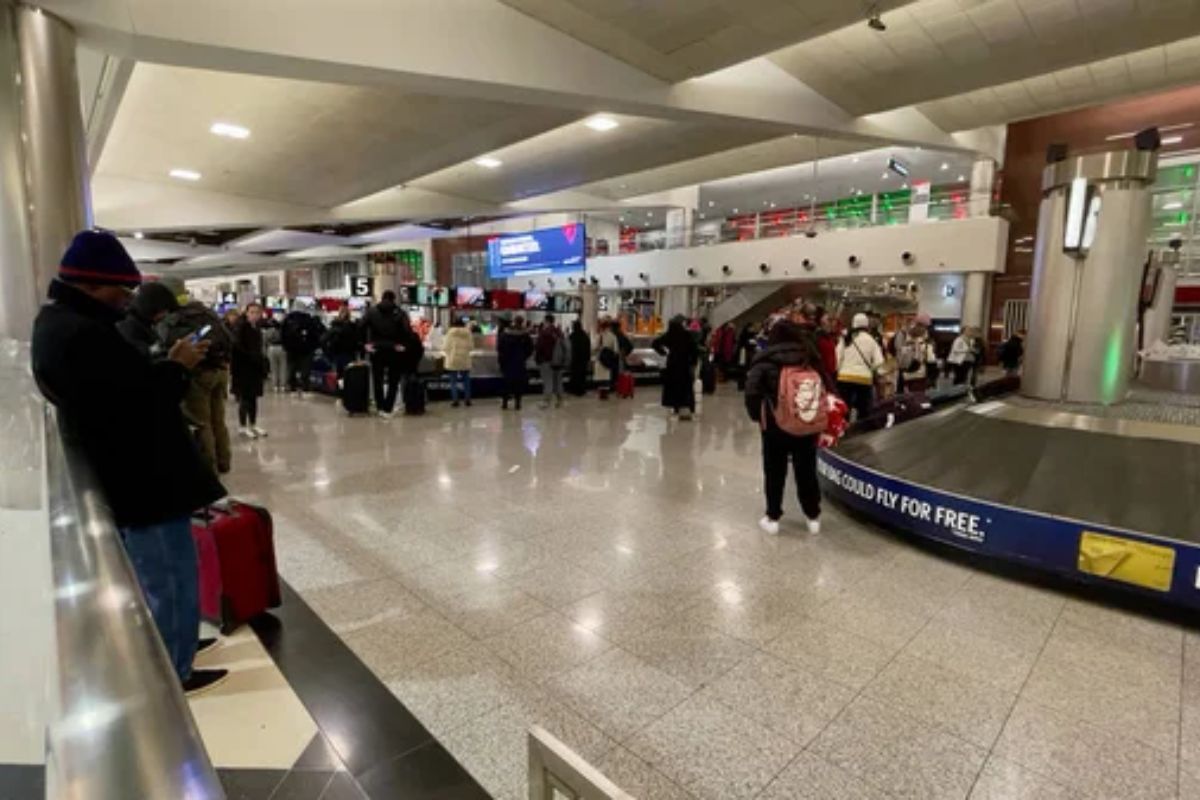
As the world’s busiest airport, Atlanta’s sheer volume of passengers makes every aspect of the layover experience more challenging, from finding seating to getting food. The distance between concourses can require significant walking time, which is particularly challenging for those with mobility issues.
Book flights with at least 60-minute connections, and consider using the Plane Train to save time between concourses rather than attempting to walk.
Frankfurt Airport
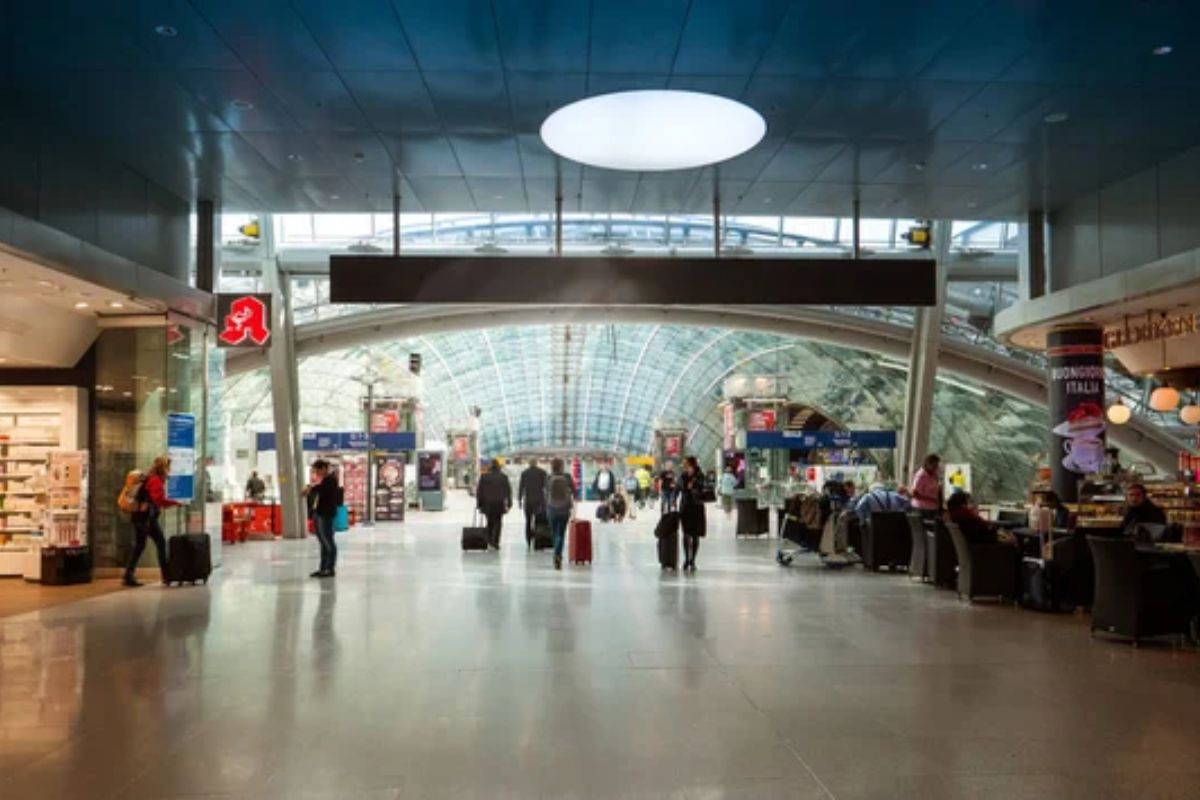
The complicated layout and ongoing construction projects make navigation particularly challenging for first-time visitors. Security rescreening for many connections adds unpredictable time to layovers, especially during peak hours.
Munich Airport offers a more pleasant alternative within Germany, or it ensures that connections are at least 90 minutes long when Frankfurt is unavoidable.
Like Travel Pug’s content? Follow us on MSN.
Navigating the Necessary Evil
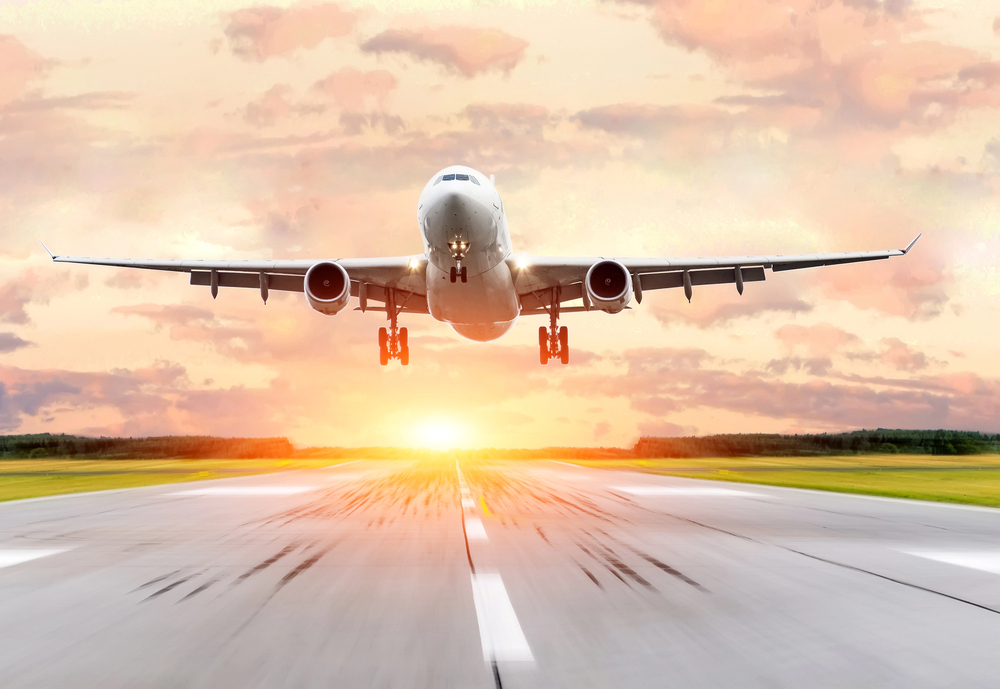
Airport layovers remain an unavoidable aspect of global travel, but armed with the right information, travelers can minimize their impact on an otherwise enjoyable journey. The growth of alternative routing options and secondary airports has given passengers more choices when planning complex itineraries.
Remember that sometimes, paying more for direct flights or slightly less convenient departure times can save hours of frustration in these challenging transit hubs.
More from Travel Pug

- 20 Destinations That Were Once Thriving but Are Now Quietly Disappearing
- 15 Hidden Spots in Disney World’s Magic Kingdom Most Visitors Miss
- 20 Once-Popular Beach Towns That Are Now Ghostly Empty
- 20 Beautiful US Lakefront Towns Where You Can Live for Under $2000 a Month
- 20 Caribbean Islands That Are Safer Than People Think
Like Travel Pug’s content? Follow us on MSN.
